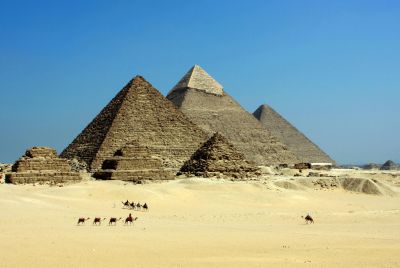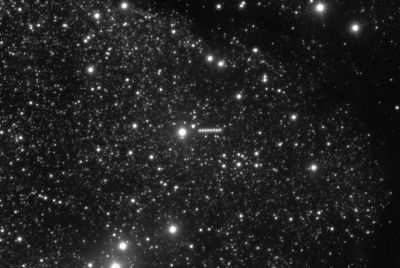Astronauts create and observe fifth state of matter in dishwasher-sized lab in space
Astronauts aboard ISS create exotic matter with Bose-Einstein Condensate.
Astronauts have created a bizarre form of matter that breaks all the known laws of physics in a laboratory situated in outer space of earth. The experiment of "exotic matter" was conducted using the microgravity of space in The Cold Atom Laboratory (CAL) at the International Space Station (ISS).
The four natural states of matter are solid, liquid, gases, and plasma. However, there is a fifth state of matter known as Bose-Einstein condensate (BEC) which is made when a gas of bosons at low densities is cooled to close to absolute zero. At this point, a large part of bosons reduces to matter that displays properties of the lowest quantum state seen macroscopically.
For 25 years, physicists have been using the fifth matter on Earth decades after it was first theorised by Albert Einstein and Satyendra Nath Bose in the 1920s. However, gravity has a major impact on it and makes it hard to study. Therefore, NASA launched a US$100-million Cold Atom Lab in June 2018. According to Nature, the findings reveal "that the lab can successfully exploit the microgravity of space in ways that should allow them to create phenomena that would be impossible on Earth."
"I think it's just an amazing achievement," Courtney Lannert, a theoretical physicist at Smith College in Northampton, Massachusetts, said.
The laboratory is said to be the coldest place in the universe.
The researchers used CAL's precise lasers and high vacuum to produce condensates that would last long enough for the success of the experiments. For now, condensates reportedly lasted "longer than a second at 200 trillionths of a degree above absolute zero." However, the team aims at bringing this value down to record "20 trillionths of a degree and create condensates that last for five seconds."
"Most quantum physicists would say cold atom experiments are cool, but to make them cooler you have to take them to space," Kamal Oudrhiri, CAL mission manager at the Jet Propulsion Laboratory (JPL) in Pasadena, California said.
As per the news statement, this isn't the first produced condensate in space. Previously, experiments were carried out on rockets launched into space. However, the findings of this study provide the scientists with better insight into how this matter "behaves in microgravity."

The findings of the study were published in the journal named Nature.
"Microgravity allows us to confine atoms with much weaker forces since we don't have to support them against gravity," lead author Robert Thompson of the California Institute for Technology and NASA, told AFP. "Most importantly we can observe the atoms as they float entirely unconfined (and hence unperturbed) by external forces."
© Copyright IBTimes 2025. All rights reserved.





















